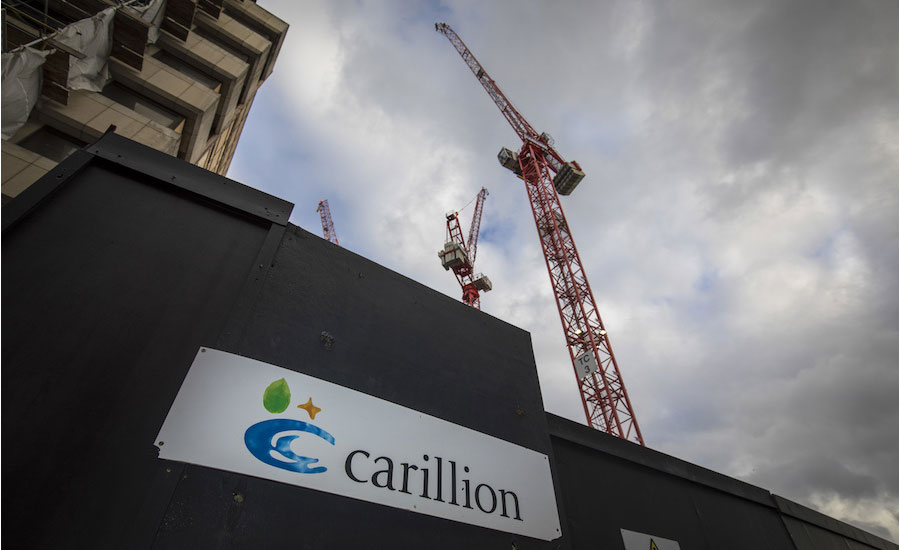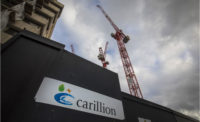The investigation into Carillion’s rapid insolvency and liquidation is now in full swing. Before the company officially threw in the towel in early January, the London Stock Exchange said it was probing the “timeliness and content of announcements” that Carillion had made from December 2016 to December 2017. More recently, the U.K.’s pensions regulator said it is deciding whether to take action against the company’s former directors, who continued paying dividends while Carillion’s finances deteriorated. And the U.K.’s Financial Reporting Council is reportedly investigating the role played by Carillion’s accountant, KPMG.
Although many have said the Carillion flop is a strike against public-private partnerships, the issue here for investors, lenders and customers is disclosure. As soon as the company began liquidation, it posted this sad message for its stockholders. “Unfortunately, as a result of the liquidation appointments, there is no prospect of any return to shareholders.”
What were the tip-offs that lenders would pull the plug on more financing before and after Carillion’s July 20 disclosure of its mind-boggling loss?
How could a company go from announcing a huge loss in July to liquidation in about 250 days? What were the tip-offs that lenders would pull the plug on more financing before and after Carillion’s July 20 disclosure of the company’s £845 million loss? Could accounting and revenue-recognition reforms, such as have been adopted recently in the U.S., head off a similar disaster? How was the company’s management able to publish pages and pages of details about its risks and rigorous risk-management practices while the enterprise’s debt grew dramatically and several contracts drained cash?
One place to look is at Carillion’s own description of what it learned following the July announcement. The company fesses up to the importance of “design changes agreed [to] without [agreement] on incremental cost and value” and “geographic risk” in creating the loss. However, a whole lot more could have been said.
The probes of disclosure and fiduciary responsibility shouldn’t overshadow the issue of pay practices. The U.K. has been working gradually to eliminate some of the most egregious payment practices, which would be familiar to U.S. subcontractors. Reportedly, Carillion’s practice was to pay its subs and trade vendors in 120 days, much later than the U.K. government’s guidelines and what prompt-pay advocates call for. Out of the Carillion debacle should come more far-reaching compulsory payment rules and protections for subcontractors and trade suppliers. About 20 companies working in U.K. government services have signed on to the Construction Leadership Council’s supply-chain payment charter. In light of the Carillion collapse, the prime contractors that haven’t signed on for faster payments may now wish to participate.
In addition to payment, the U.K. shouldered an unacknowledged supply-chain risk in buying so many Carillion government services. But any declarations of privatization’s total failure are misguided. Carillion’s fall is a P3 textbook case about risks to avoid, not a warning never to try outsourcing again.



